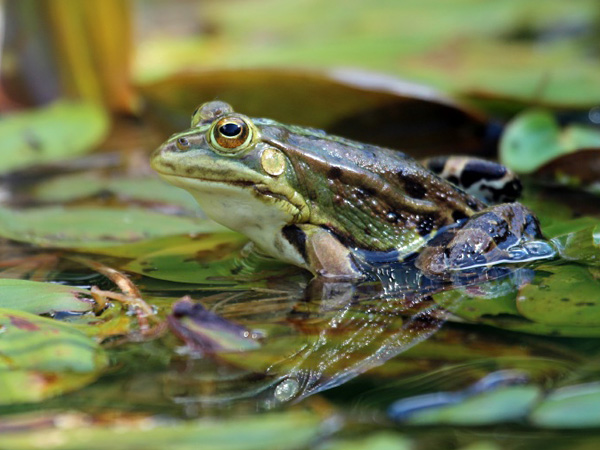What do amphibian hybridization zones tell us about speciation?
The article summarizing the results of a long-term comparative study on hybridization zones in amphibians, in which Dr. Tomasz Suchan from our Institute participated, was published in the Proceedings of the National Academy of Sciences (PNAS). The authors analyzed hybridization zones for 41 pairs of European amphibians and measured the permeability of reproductive isolation barriers along the whole genome. The aim was to assess whether reproductive isolation arises as a rapid process caused by mutations at a few key genes or rather a slow process involving many random mutations scattered along the genome.
The results show that reproductive isolation in amphibians initially evolves through multiple genetic incompatibilities spread across the entire genome, not just a few key genes. When lineages are young, they can hybridize without trouble, sometimes across large geographic distances – more than one hundred kilometres for subspecies of parsley frogs in Catalonia. Millions of years later, incompatibilities affect more genes and the exchange happens only in a few kilometres zone – like between the fire-bellied toads in the south of Poland. These findings thus give new explanations as to why amphibian species are usually older than other vertebrates. Reproductive isolation might evolve more slowly in amphibians because it takes time to accumulate the many incompatibilities requested to restrict hybridization, especially when sex chromosomes do not boost the process as in mammals or birds.
See the original article:
Dufresnes C., Brelsford A., Jeffries D.L., Mazepa G., Suchan T., Canestrelli D., Nicieza A., Fumagalli L., Dubey S., Martínez-Solano I., Litvinchuk S.N., Vences M., Perrin N., Crochet P.-A. 2021. Mass of genes rather than master genes underlie the genomic architecture of amphibian speciation. Proceedings of the National Academy of Sciences 118: e2103963118. DOI

European pool frog (Pelophylax lessonae lessonae).
Photo: Christophe Dufresnes.





